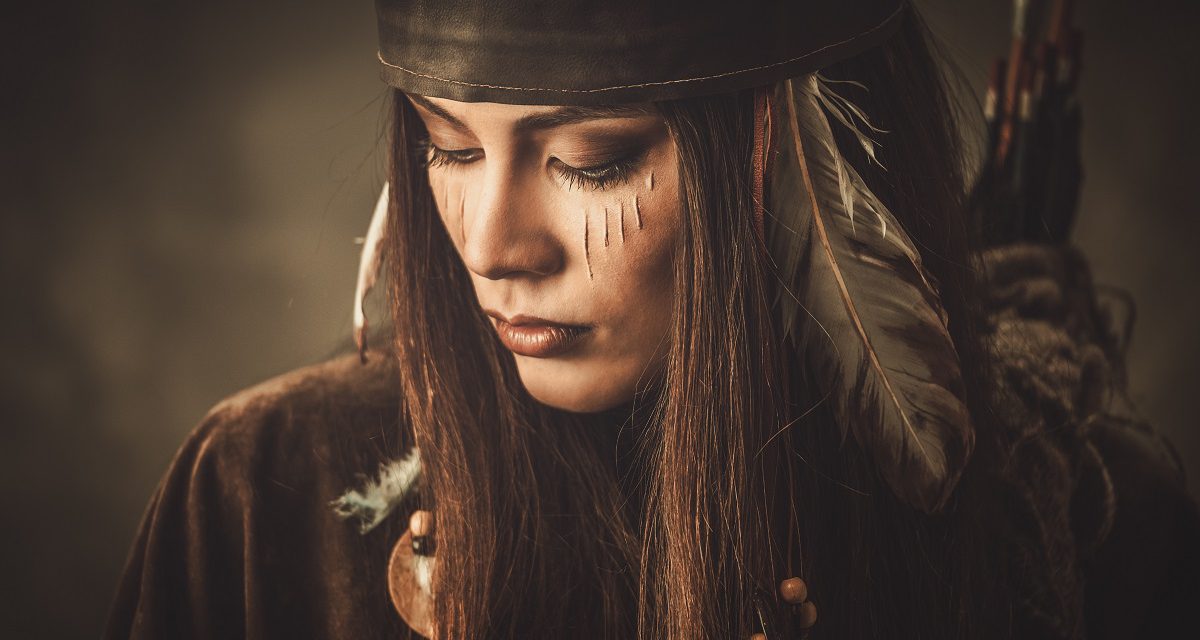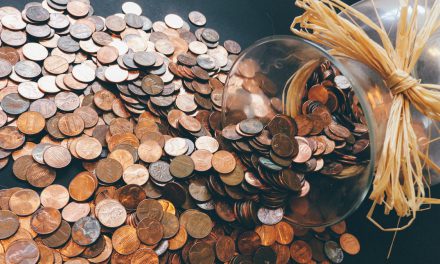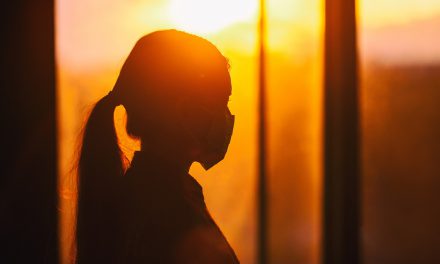According to the Centers for Disease Control and Prevention (CDC), confirmed COVID-19 cases in Native American communities are more than triple the number of non-Latinx white people. Additionally, Native Americans who test positive for coronavirus tend to be younger than their white counterparts. It’s clear that the United States’ Indigenous population is being hit much harder by the pandemic than other demographics.
History Repeats
To understand the pandemic’s grip, it’s important to take a look at the U.S. history of colonization and the conditions the settlers created that persist to this day. In the 1500s, as settlers flocked to the New World, millions of Indigenous inhabitants were wiped out due to smallpox, measles, influenza, and other pathogens. Throughout North, Central, and South America, up to 95% of the Native population perished due to colonial spread of disease. Infectious spread was exacerbated by the violence that Indigenous populations were subjected to, including war, starvation, and slave trade.
Centuries later, Native Americans continue to endure the same violence that founded this country, and that which makes them vulnerable to disease. The colonial disruptions that began in 1492 – malnutrition, exposure, absence of health care, and hoarding resources – persist. Twenty-five percent of Native people in the U.S. are food insecure (compared to 15% of the rest of the American population). Native Americans are also overrepresented in the prison population, in a country where slavery is legal by way of the Thirteenth Amendment. Furthermore, violence against Native women is an epidemic of its own, with reports stating that in areas highly populated by Indigenous people, Native women are 10 times more likely than women of other races to be murdered or sexually assaulted. The men who commit these crimes are usually white or non-Native, knowing that they are out of the jurisdiction of Native authorities and can get away with their crimes. Thousands of these victims have also gone missing, raising suspicions of kidnapping and sex trafficking.
COVID-19 hasn’t created new problems for Indigenous communities – it’s simply made existing ones worse. The disproportionate toll that coronavirus has taken on Indian Country is merely a symptom of systemic transgressions and centuries of colonization.
Racial and Income Inequality
Social disparities are responsible for COVID-19’s grip on Native Americans. Factors that contribute to the spread of COVID-19 across Native reservations include lack of electricity, running water, grocery stores, employment, and stable housing. In 2017, the U.S. Department of Housing and Urban Development (HUD) found 16% of Native American and Alaska Natives reported overcrowding (more than one person per room) in their homes. Despite this, federal housing funding for tribal communities has been frozen for decades, violating treaties signed by the U.S. government. In a pandemic where social distancing is a must, this is significant. Additionally, 10% of these households also face inadequate plumbing, which makes hand washing and sanitization impossible.
In addition to structural challenges, many Native Americans also suffer from preexisting conditions that make them more vulnerable to succumbing to coronavirus. As in most rural American areas, there is a shortage of health care services and medical personnel within Native communities. Additionally, Native American reservations lack U.S. government assistance. Although $8 billion of Mr. Trump’s $2 trillion stimulus package in April was meant to go to tribal communities, the Treasury Department failed to distribute the funds.
Mining and fracking in Indigenous territories have contaminated water and Native-owned soil, leaving tribal communities with limited access to fresh food. The Navajo Nation is nearly the size of West Virginia, yet it only has 13 full service grocery stores. It isn’t uncommon to travel 80 to 120 miles to border towns to get groceries, according to Janene Yazzie, an environmental consultant and volunteer within the Navajo Nation. In conjunction with being a food desert, the few grocery stores throughout the Navajo Nation are too expensive for residents to shop at regularly. Furthermore, even though residents must travel far for food and drinking water, 85% of roads in the Navajo Nation are dirt roads, adding yet another obstacle between Native people and basic life necessities.
The Full Picture is Unclear
The full impact of COVID-19 on Indigenous communities is hazy because health data is incomplete. Racial misclassification and outright exclusion of Indigenous peoples in the research used to make health decisions has skewed existing numbers. Over the course of the pandemic, the CDC has withheld data from tribal epidemiologists, despite making the numbers available to states the tribes reside in. The government has also made it difficult for tribes to conduct contact tracing, and some U.S. government officials have gone so far as to question tribal sovereignty as a mechanism to withhold information. As not all Native Americans live on reservations, epidemiologists also struggle to obtain data for those who dwell in urban areas.
According to the APM Research Lab, 2,251 Native Americans have died of coronavirus as of Nov. 10, 2020. However, APM states that this number is an undercount, as several states racially document Indigenous people as “Other” rather than by their heritage.
Native Resilience
Despite lack of federal support and continued cultural erasure, tribal communities are doing everything they can to curb the spread of coronavirus – and it’s working. Measures implemented by Native American leaders include barriers and checkpoints in the roads leading in and out of their reservations, compliance with CDC guidelines, mask mandates, public education campaigns, and organized food and water distribution.
Native Americans didn’t disappear with the birth of America. There are 600 federally recognized tribes in the U.S., but the genocide that began centuries ago is ongoing. Speaking with Science Magazine, Abigail Echo-Hawk, citizen of the Pawnee Nation of Oklahoma and director of the Urban Indian Health Institute, states, “The system of colonialism in the United States has created, and continues to increase risk factors, for poor health outcomes in Native communities. It has built a perfect environment to kill us in a pandemic.”








